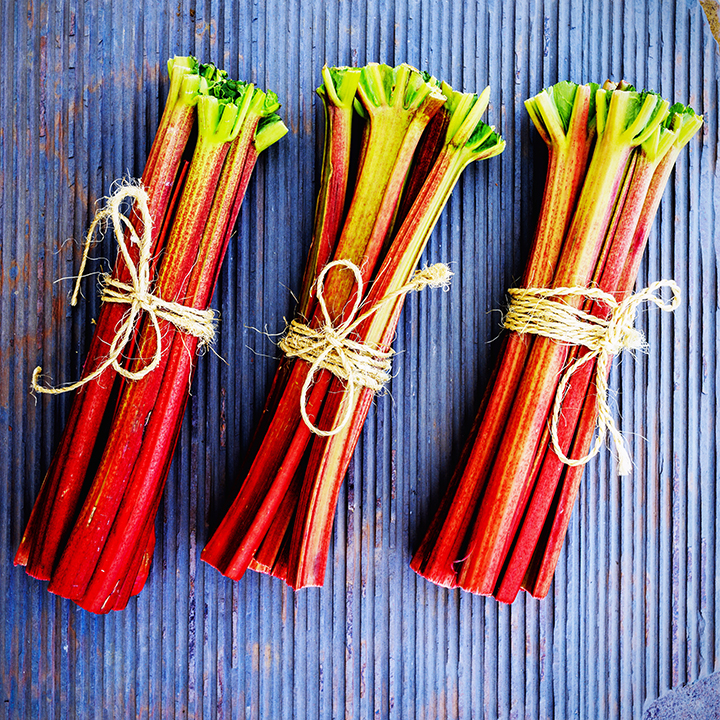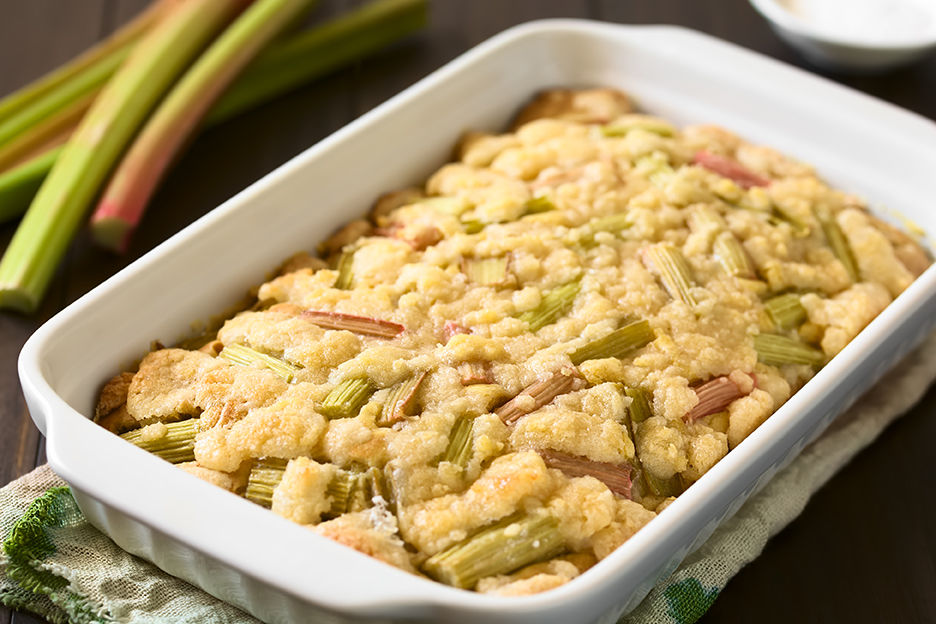March 17 is the day when everyone aspires to be Irish; and I can’t blame all the poor unfortunates for climbing onto our bandwagon. It’s a pretty wonderful heritage, if I do say so.
Centuries of political oppression spawned a dark sense of humor that lives on to this day. Never mind our characteristic lack of height, predisposition toward freckles, and lifelong addiction to sunscreen. The Irish know how to party, and everybody wants a piece of the action this month.
There was a time when Irish cooking was little more than the punch line to a joke—a cuisine so scorned, it was ranked only slightly higher than Britain’s. Ireland was a poor country with a less-than-sunny climate, so its cooks merely played the hand they were dealt. Oh, the Irish enjoyed food—but no one else in the world was clamoring to eat their potato-centric meals with overcooked meat and mushy root vegetables. Salad? Are you kidding? Dessert? How about some fruitcake? These weren’t conscious choices. It was just life.
My parents were a product of that era, so it’s pretty much the food I grew up on, here in California. (Don’t even get me started on dulse, Donegal’s answer to Beluga caviar.) While other kids popped strange tart-like things into the toaster and slurped their way through bowls of sugary American cereal, breakfast at our house was usually crisp bacon and soft-boiled eggs served in china egg cups, alongside Mom’s raisin-studded soda bread and washed down with steaming cups of tea— made kid-friendly with plenty of milk and sugar. In the Age of Tunnel of Fudge Cake, our special spring dessert was pie homemade from rhubarb that grew in our backyard. In retrospect we were incredibly fortunate, though at the time neighborhood kids viewed our meals as freakishly quaint.
A talent for producing decent libations was about the only thing that earned the Irish a spot on the culinary map. Maybe this is why Americans invented their own misguided vision of what food should be on St. Patrick’s Day: corned beef boiled-to-death with spuds and limp, smelly cabbage. I suppose if you drank enough booze, you might even enjoy it.
But sometimes time heals all ills. A generation-or-two ago the economy of Ireland began to thrive. The young became well-educated and well-traveled, and suddenly a big ol’ pot of greasy lamb stew was no longer the solution to every entertaining dilemma. Food magazines began to celebrate the natural bounty of Ireland—organically grown vegetables; artisan cheeses; free-range meats; and fish plucked from clean waters. Suddenly farmhouse cuisine was chic. Even our beloved soda bread got some respect. Irish chefs became sophisticated locavores, and their country a destination for world-class food and an inspiration to others.
Even their longstanding love of rhubarb was given a second look. For example, instead of being mixed into cake batter, here rhubarb is sandwiched between two layers of biscuit-like dough that, when baked, soak up the sweet-tart juices. The finished cake can be cut into wedges or served directly from the dish with a large spoon, like a cobbler. Serve it plain, or with vanilla ice cream or a dollop of lightly sweetened whipped cream spiked with Irish whisky. Slainte!

Rustic Rhubarb-Ginger Cake
1 1/2 pounds fresh rhubarb stalks, cut into 1/2-inch pieces (about 4 1/2 cups total)
1 cup (packed) light brown sugar
1 1/2 tablespoons finely grated fresh ginger
2 cups cake flour*
1/2 cup plus 2 tablespoons granulated sugar
3/4 teaspoon baking powder
1/8 teaspoon salt
1 stick (4 ounces) cold unsalted butter, cut into 1/2-inch cubes
1/3 cup whole milk
2 large eggs (1 separated), at room temperature

- Place a rack in the center of the oven and preheat to 400 degrees. Grease a 10-inch glass or ceramic pie plate or a 2 1/2 quart oval gratin dish; then refrigerate to chill.
- In a medium bowl, combine the rhubarb, brown sugar, and ginger. Toss gently to mix well.
- In a large bowl, combine the cake flour, the 1/2 cup granulated sugar, the baking powder, and salt. Whisk gently to blend. Using a pastry blender or your fingertips, blend in the butter until the mixture resembles coarse meal. In a glass measuring cup or small bowl, whisk together the milk, the whole egg, and the egg yolk. Make a well in the center of the flour mixture. Pour in the milk mixture, stirring with a wooden spoon to gradually incorporate the flour and form a soft, sticky dough.
- With floured hands, transfer half of the dough to the chilled pie plate, patting out evenly over the bottom and halfway up the sides. Scrape the reserved rhubarb mixture and any accumulated juices over the dough. Using a tablespoon, spoon small mounds of the remaining dough evenly over the top. Lightly beat the egg white with a few drops of water, then lightly brush it over the dough mounds. Sprinkle the remaining 2 tablespoons of granulated sugar over the top.
- Bake until the rhubarb is tender and bubbly-hot and the top crust is golden and cooked through, 30 to 40 minutes. Transfer to a rack to cool for at least 30 minutes before serving. Serve warm or at room temperature. (This is best served the same day it is made. Cake can be made up to 4 hours ahead and cooled completely, then kept, wrapped well in plastic wrap, at room temperature. Reheat if desired.)
*Cake flour is a fine textured, soft wheat flour that makes particularly tender cakes and pastries. It is often sold in a box, and can be found in the baking aisle of well-stocked supermarkets.
Rhubarb Trivia
-The thick, celery-like stalks of rhubarb can reach up to 2 feet long. When you find rhubarb at market the leaves will have already been discarded, as they are toxic.
-A good source of fiber and Vitamin A, flavorful field-grown rhubarb has cherry-red stalks and green leaves. Its peak season begins mid-March.
-Hothouse-grown rhubarb, available year-round, has a milder flavor, yellow-green leaves, and pinkish stalks that cook up to a not-so-pretty gray…which is why many recipes call for adding strawberries, raspberries, or a few drops of red food coloring. Field-grown rhubarb does not require these additions to make it visually appealing.
-Choose crisp, brightly colored stalks with fresh looking stems. Refrigerate in a plastic bag for up to 5 days.
-Rhubarb has undergone some gender re-assignment over the years. Although often prepared as a fruit, botanically it’s really a vegetable.
-Known as “pie plant” in some parts of the country, rhubarb is always combined with a fair amount of sweetener to tame its natural tartness.
The Danville Certified Farmers’ Market, located at Railroad & Prospect, is open every Saturday, rain or shine, from 9 a.m. until 1 p.m. For specific crop information call the Pacific Coast Farmers’ Market Association at 1-800-949-FARM, or visit their web site at www.pcfma.org. This market is made possible through the generous support of the Town of Danville. Please show your appreciation by patronizing the many fine shops and restaurants located in downtown Danville. Buy fresh. Buy local. Live well.
Leave a Reply